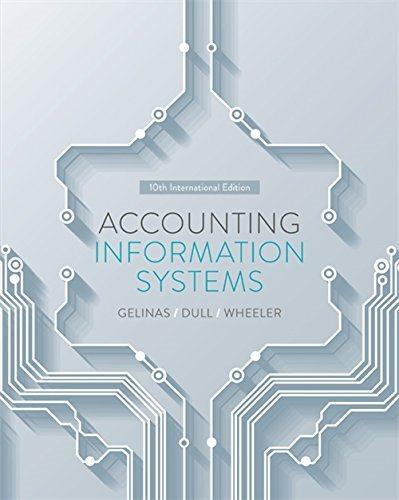only need question (a)


1. (40 points) We consider a so-called representative agent that seeks to maximize his life-time utility. In general, a life-time utility function is as follows: U=0Tetu(c(t))dt where u is the so-called "instantaneous utility function", >0 the rate of time-preference, c(t) the agents consumption rate at time t, and T the horizon. The rate of time preference reflects the idea that economic agents put a lower value on future utility. The representative agent operates in a simple macroeconomic environment. We assume that the representative agent is the owner of a representative firm that produces output y(t) with capital, k(t). Next, we assume that the production function, f, is given by f(k(t))=Ak(t), 1 where A>0 is the productivity level of capital and k(0)=k0>0, where k0 is given, and k(T)=0. Because the representative agent is the ultimate owner of the firm, we know that the output belongs to him. The owner (and, thus, the representative agent) can decide to either consume or reinvest the output of the firm: y(t)=c(t)+i(t), where i(t) denotes the investment rate. Recall from your macroeconomics course that in discrete time, we assume that capital accumulates as follows: kt=kt1+it1kt1, where >0 is the depreciation rate. a. (8 points) Rewrite the law of motion for capital (4) to the continuoustime setting. Hint: dk(t) is a forward increment, i.e. it is the difference between k(t) and its value one infinitesimally time step into the future. Furthermore, note that ktkt,>0, denotes change of capital over a period and note that it is an investment rate and that is the deprecation rate. The latter implies that over a horizon the capital stock, for instance, depreciates by kt. Finally, by k(t) we denote the continuous-time equivalent of kt. of capital over a period and note that it is an investment rate and that is the deprecation rate. The latter implies that over a horizon the capital stock, for instance, depreciates by kt. Finally, by k(t) we denote the continuous-time equivalent of kt. b. (5 points) Identify the two control variables and the state variable. Which variable or variables are allowed to "jump"? Then, write down the representative agent's maximization program. c. (3 points) Rewrite the problem such that it can be solved using "Calculus of Variations". Hint: by substituting all the constraints into each other, we can reduce the number of control variables to 1. Next, we assume that the representative agent exhibits constant relative risk aversion (CRRA): u(c)=1c1,>0. Remark: Relative risk aversion (RRA) is defined as rra(c):= 2 u(c)u(c)c, where u and u are the first- and second-order derivatives of u w.r.t. c, respectively. For the CRRA utility function we have that rra(c)=(1)c(1)c1c=. Since is "a constant" we call this the constant relative risk aversion (CRRA) utility function. d. (8 points) Derive the consumption Euler equation of the representative agent using "Calculus of Variations". For now, you can forget about the constraints on k(t). Assume that A>0. e. (5 points) Verify that any admissible solution of the Euler equation is a solution of our maximization problem. f. (6 points) Solve the consumption Euler equation and use the boundary conditions k(0)=k0 and k(T)=0 to find solutions of k(t) and c(t)








